Design System Technical Specialist - design system guidance and tips
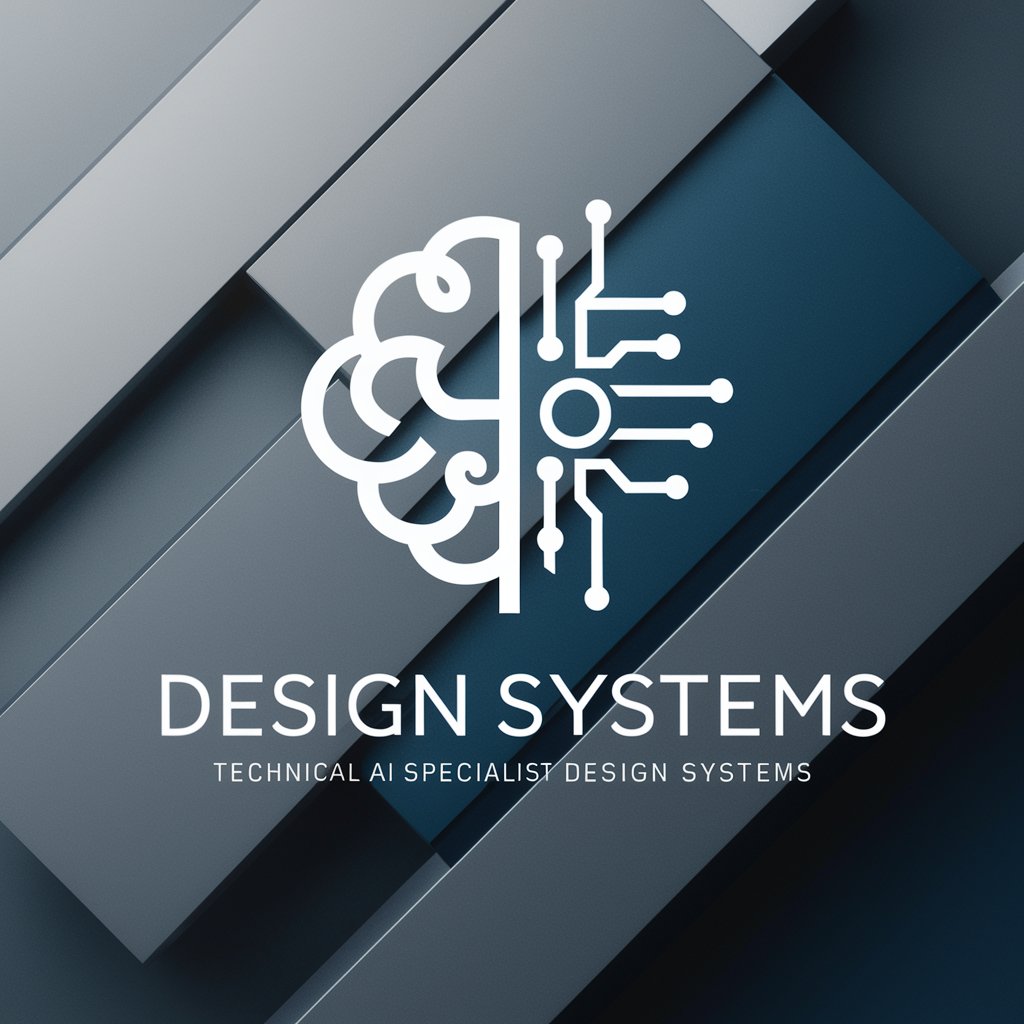
Welcome! Let's dive into design systems together.
AI-powered design system expertise
Explain the importance of design tokens in a design system.
Describe the process of creating a typography scale for a design system.
How do foundational elements influence component design?
What are the best practices for maintaining consistency in a design system?
Get Embed Code
Introduction to Design System Technical Specialist
A Design System Technical Specialist is an expert focused on the creation, maintenance, and evolution of design systems, which are comprehensive sets of design standards, documentation, and components used to manage design at scale. These specialists ensure that a cohesive visual and functional language is applied across a company’s digital assets, streamlining the design and development process. For example, a specialist may oversee the development of a design system that includes typography, color palettes, button styles, and coding standards, ensuring consistency across various platforms and products. They facilitate collaboration between designers, developers, and stakeholders, transforming individual design components into an integrated system that enhances brand consistency and user experience. Powered by ChatGPT-4o。

Main Functions of Design System Technical Specialist
Component Library Creation
Example
Developing a unified set of UI components (buttons, inputs, navigation bars) that can be reused across multiple projects to ensure consistency and efficiency in the design process.
Scenario
A specialist might build a component library for a SaaS product, ensuring that elements such as buttons and forms have a consistent look and feel, reducing the need for designers and developers to recreate these elements for each new feature or service.
Design Token Management
Example
Defining and managing design tokens, which are the visual design atoms of the design system (like color, spacing, and typography), to maintain a consistent style across a product suite.
Scenario
In a scenario where a company’s branding gets updated, a specialist would manage and update the design tokens to reflect the new brand colors and typography, ensuring these changes propagate across all digital products automatically.
Documentation and Guidelines
Example
Creating comprehensive documentation and guidelines for using the design system, including best practices, usage guidelines, and coding standards to ensure that teams use the design system effectively.
Scenario
For a new team member onboarding, the specialist ensures there is clear documentation on how to use the design system, making it easier for them to understand and adhere to the company’s design standards from the start.
Ideal Users of Design System Technical Specialist Services
Product Teams (Designers and Developers)
Teams involved in product design and development benefit immensely from a Design System Technical Specialist’s expertise. They ensure a consistent user interface and user experience across the product, making the development process more efficient and cohesive.
Brand Managers and Marketing Teams
These professionals ensure that a company’s brand is consistently represented across all digital assets. A Design System Technical Specialist helps maintain this consistency, ensuring that all elements align with the brand’s vision and guidelines.
Large Organizations Undergoing Digital Transformation
Organizations looking to modernize their digital presence can rely on a Design System Technical Specialist to streamline this transformation. They ensure that new and existing digital assets are cohesive and reflect the company’s current branding and design standards.

Using Design System Technical Specialist
1
Start by exploring yeschat.ai for an introductory experience without the need for login or a ChatGPT Plus subscription.
2
Identify your design system needs, such as creating a new design system from scratch or enhancing an existing one.
3
Prepare your design system components, including UI inventory, brand guidelines, and any specific design patterns you wish to implement or improve.
4
Use the tool to query best practices, get advice on design system architecture, and understand how to effectively manage design tokens.
5
Regularly review the insights and suggestions provided, applying them to your design system project for continuous improvement and alignment with industry standards.
Try other advanced and practical GPTs
Cannabis GPT
Empowering Cannabis Insights with AI

Blog Boss
Elevate Your Blogging with AI
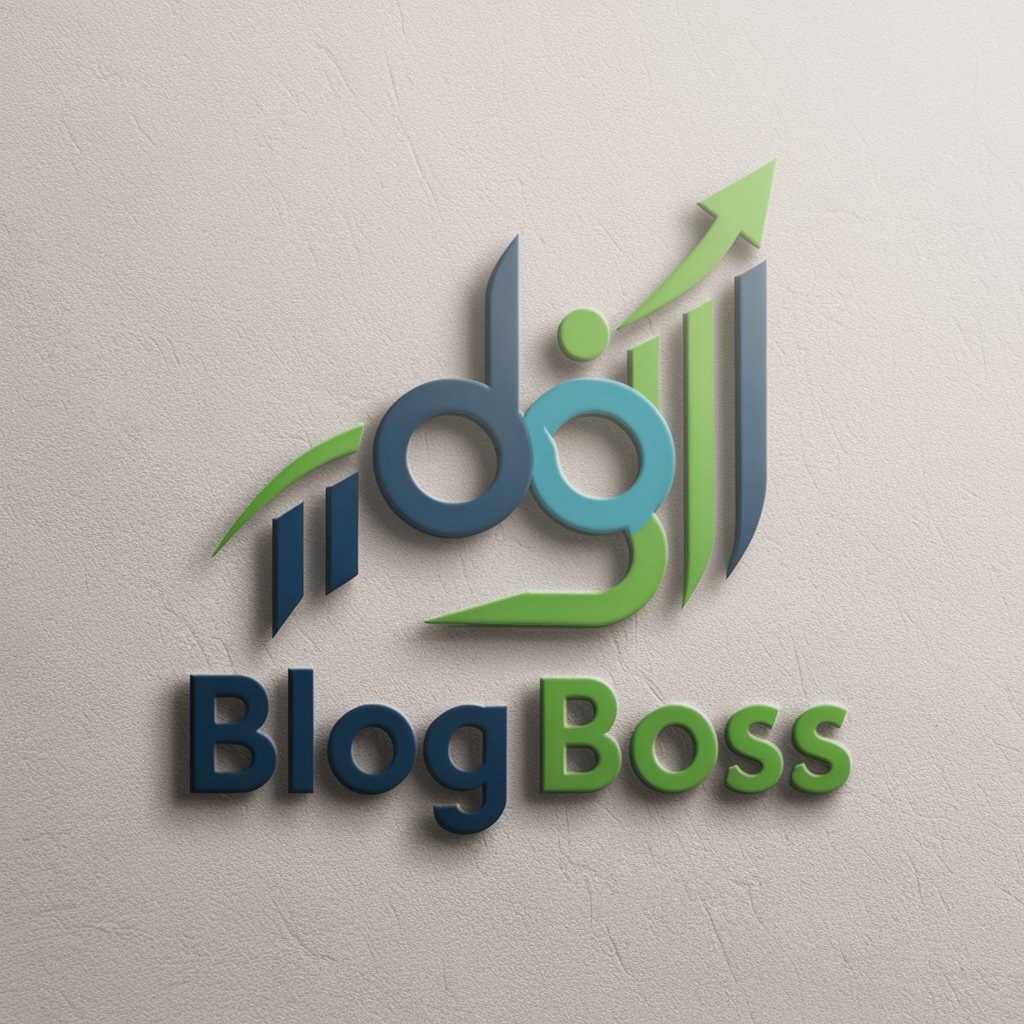
Compressor Advisor
AI-powered Compressor Guidance

AI Pixel GPT
Crafting Pixels, Enhancing Artistry

GPT API Document Explorer
Your AI-Powered Guide to GPT API Mastery
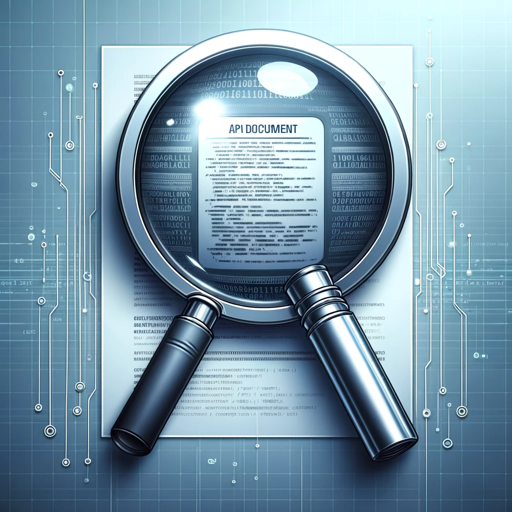
Y
Empowering Youth through AI-driven Learning

ASUKA Speak
Elevate Your English with AI Creativity
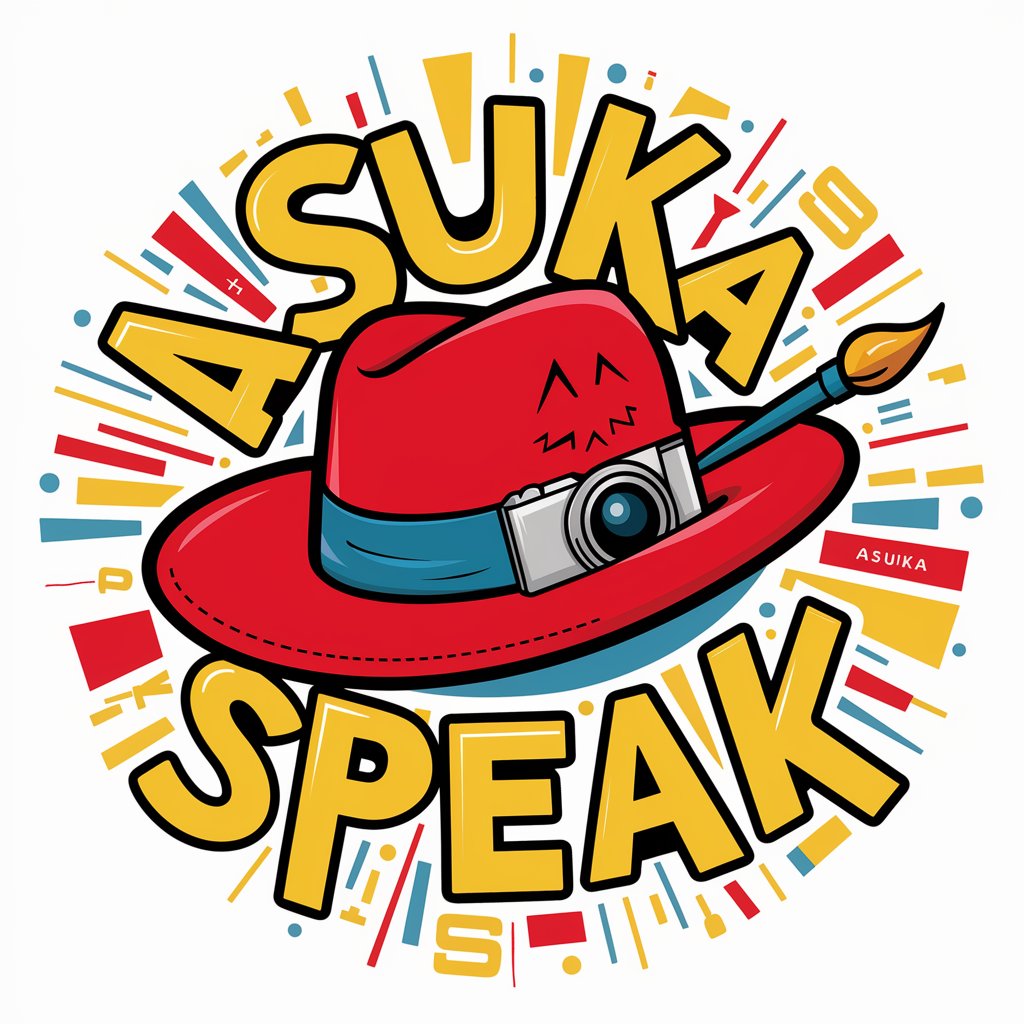
Maker's Insight
Simplifying Tech with AI Insights
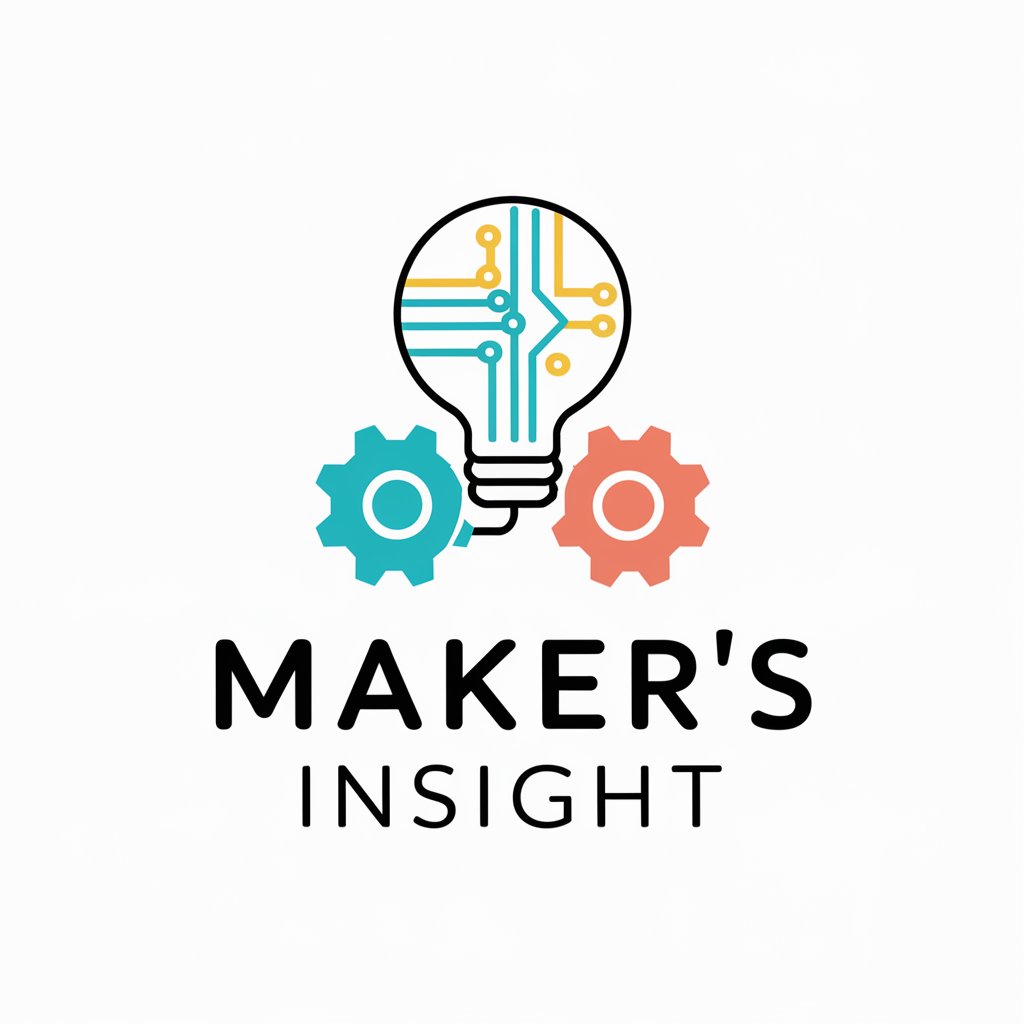
IT Career Genie
Empower Your IT Career with AI

Master Itinerary Planner
Tailoring Your Journey with AI

Stock Photo Scribe
Enhance Your Images with AI-Driven Precision

Mockbuster
Transform stories with AI-powered humor.
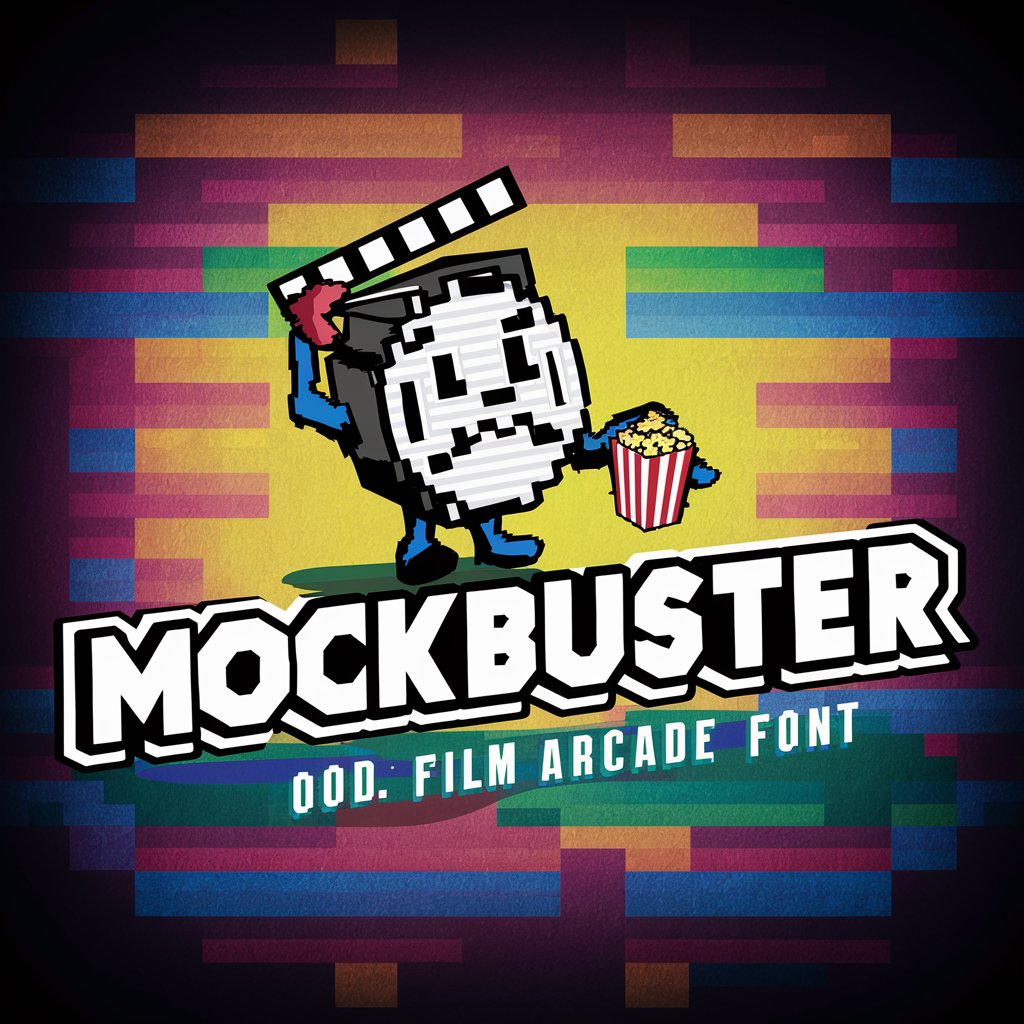
Q&A About Design System Technical Specialist
What exactly is a Design System Technical Specialist?
A Design System Technical Specialist is an AI-powered tool designed to assist with creating, implementing, and managing design systems. It offers guidance on technical aspects, best practices, and strategies for effective design system usage.
Can this tool help with existing design systems?
Yes, it can provide insights and recommendations on how to optimize and expand existing design systems, ensuring they stay up-to-date and effective for product development.
What are the common use cases for this tool?
Use cases include creating scalable design systems, improving UI consistency across products, integrating design and development workflows, and educating teams on design system best practices.
How does this tool stay current with design trends?
The tool continuously updates its database with the latest design trends, standards, and technologies, ensuring users receive current and relevant advice.
Can non-designers use this tool effectively?
Absolutely, it's designed to be accessible to non-designers, including product managers and developers, to understand design system principles and contribute to their development and maintenance.
